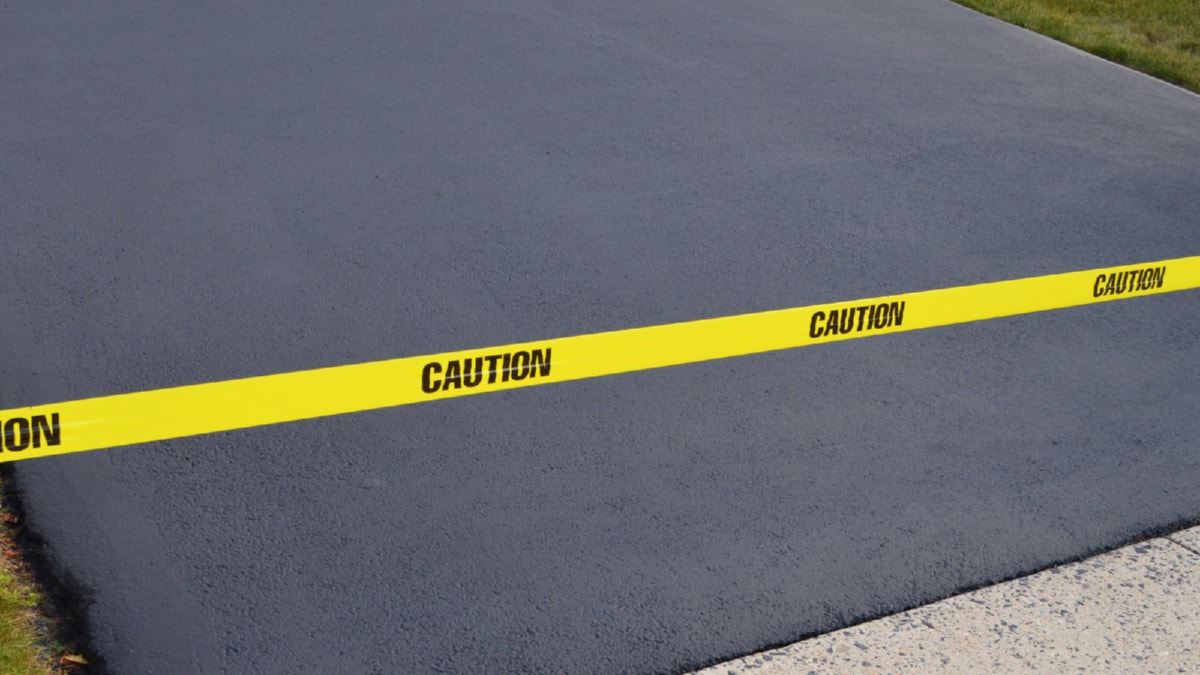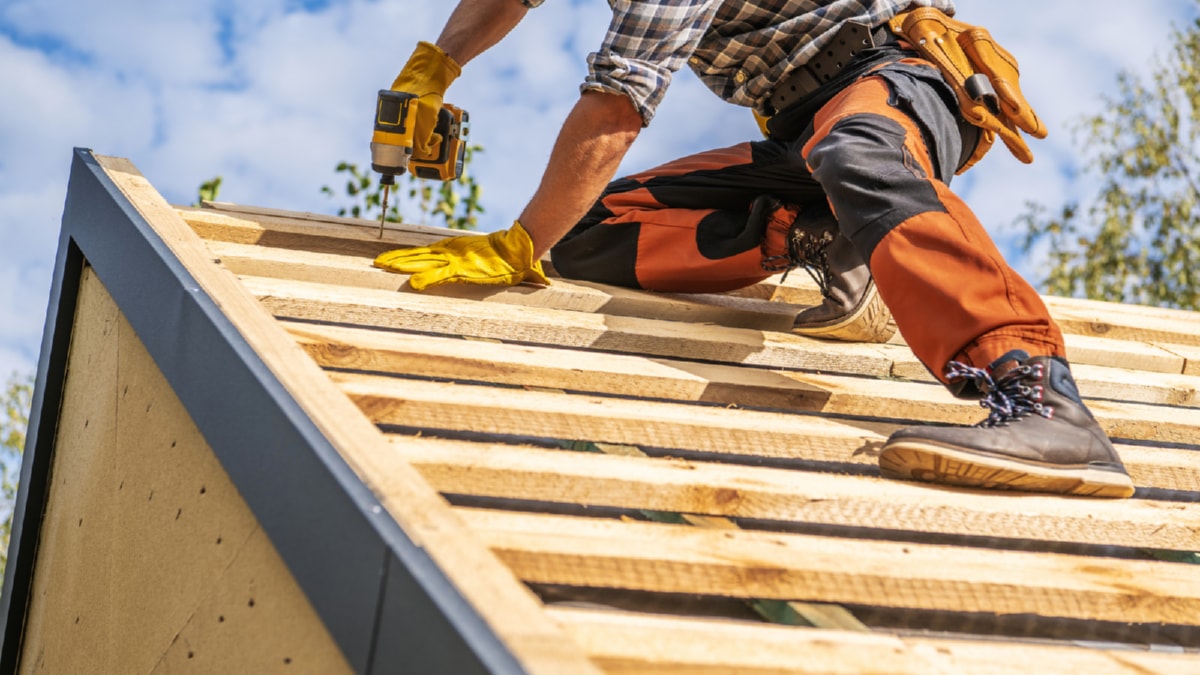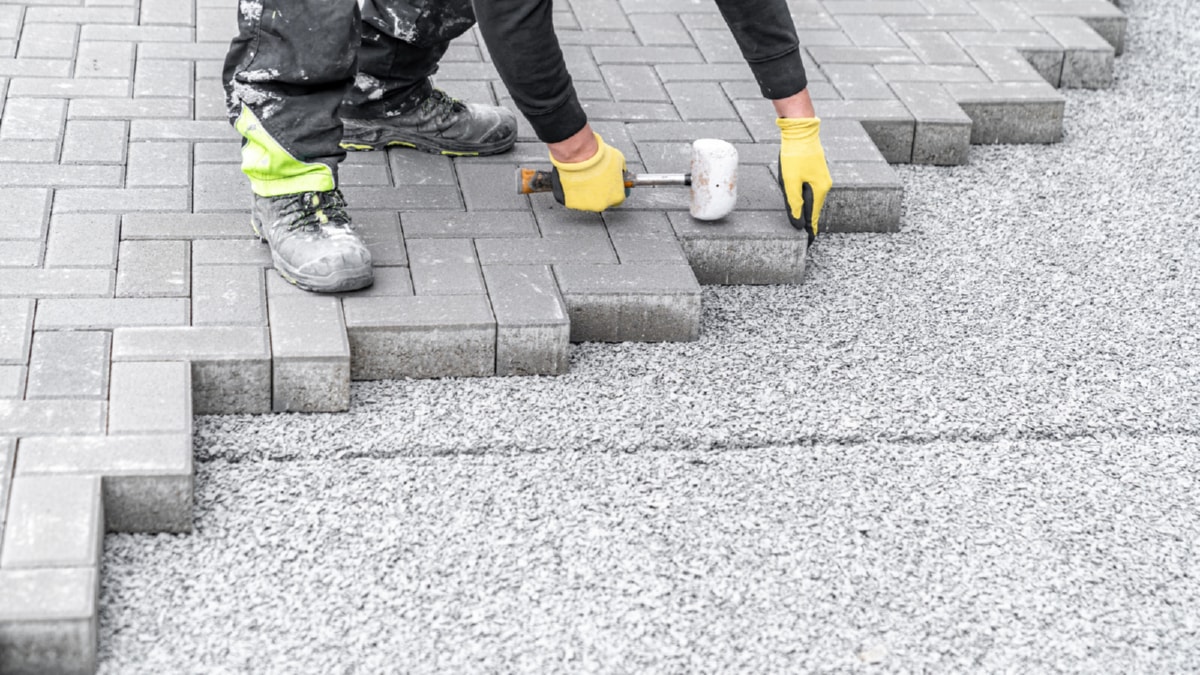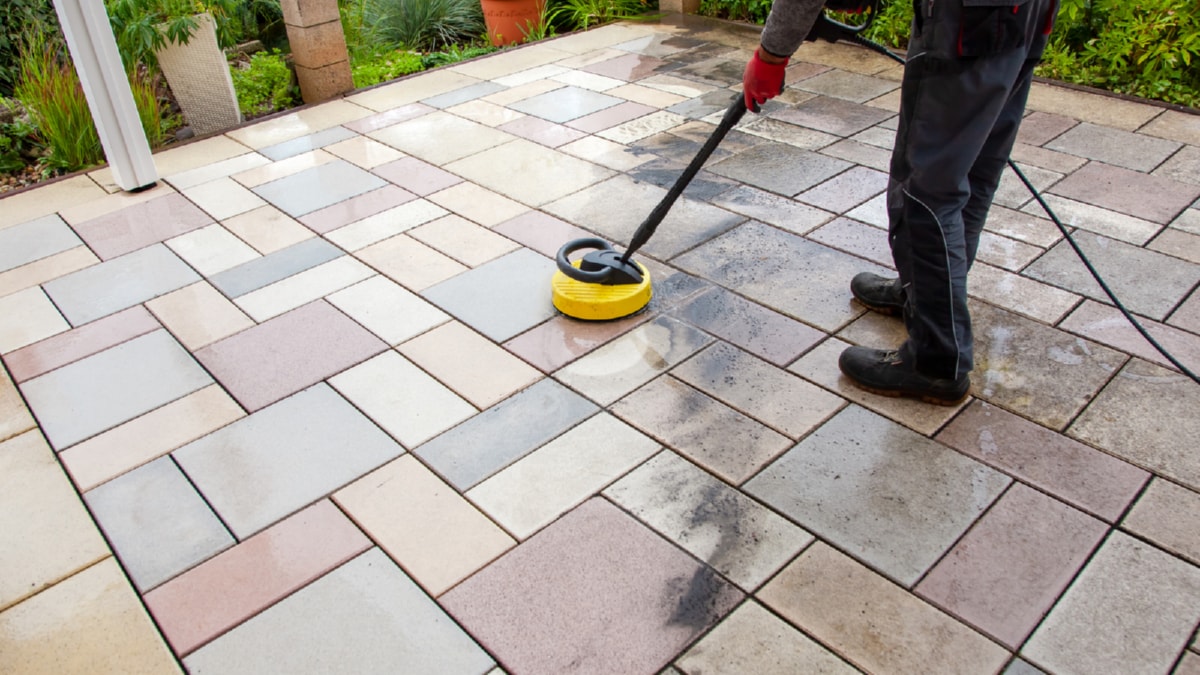Creating a green building is an ambition that many homeowners are now embracing. It’s a move that not only reduces the environmental impact but also provides long-term savings in energy costs. Sustainable homes are designed to be energy-efficient, water-efficient, and utilize materials that are both environmentally friendly and durable. In this article, we will discuss the key elements of constructing a sustainable home.
The first step in building a sustainable home lies in the design phase. It’s crucial to keep in mind the plot’s orientation, the local climate, and the home’s layout. By doing so, you can take advantage of natural light and air flow, reducing reliance on artificial heating, cooling, and lighting. In addition, incorporating green spaces into the design not only enhances the aesthetics but also improves air quality.
The second essential aspect is the selection of materials. Opting for locally sourced, recycled, or sustainably harvested materials can significantly reduce the environmental impact of the construction process. For instance, using bamboo instead of traditional hardwoods is a great option as bamboo grows much faster and is a renewable resource. Also, materials like straw bales, recycled steel, and rammed earth can be used for walls, reducing the need for conventional bricks and cement.
Energy efficiency is another key element to consider when building an eco-friendly home. This includes installing high-efficiency appliances, LED lighting, and sustainable heating and cooling systems such as geothermal or solar-powered systems. Furthermore, installing adequate insulation reduces energy loss, leading to lower heating and cooling costs. It’s also worth considering the installation of solar panels or wind turbines to generate renewable energy.
Water conservation is another important aspect of sustainable home construction. This can be achieved through the installation of water-efficient appliances and fixtures, rainwater harvesting systems, and greywater recycling systems. This way, the home can reduce water usage and reliance on municipal water supplies.
Lastly, indoor environmental quality is a crucial factor in sustainable homes. This can be improved by using low-VOC (volatile organic compounds) paints and finishes and ensuring good ventilation. Moreover, incorporating natural elements like plants can improve air quality and create a healthier living environment.
In conclusion, constructing budget-friendly a sustainable home involves careful consideration of several elements. From the initial design phase through to the selection of materials and energy-efficient systems, each step plays a crucial role in reducing the environmental impact and creating a home that is not only comfortable and healthy but also cost-efficient. By understanding and applying these principles, you can build your dream green home and contribute positively to the environment. Whether you’re a homeowner looking to build or renovate, or a construction professional looking to expand your knowledge, these are the key elements to consider when constructing a sustainable home.
.
For more details, check best exterior step and stair rebuild and replace service or visit their business listing here.



